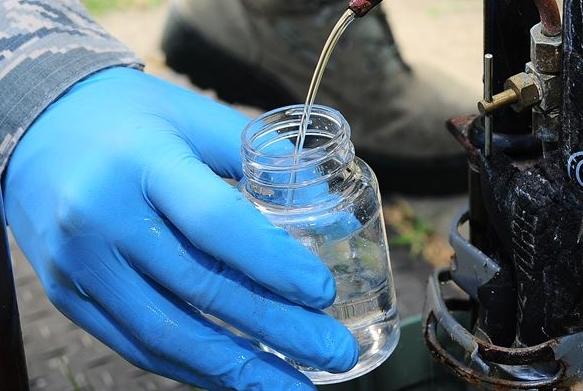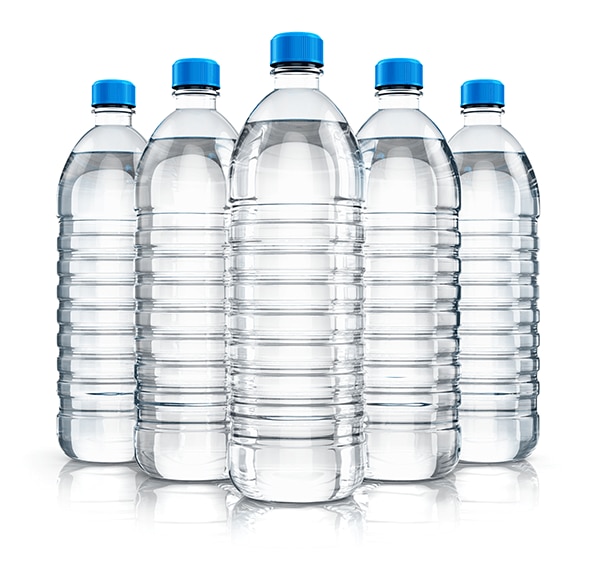Drinking Water Standards and Health Information
EPA National Primary Drinking Water Regulation
On April 10, 2024, EPA announced the final National Primary Drinking Water Regulation establishing Maximum Contaminant Levels (MCLs) for six PFAS.
On May 13, 2025, EPA announced changes to the National Primary Drinking Water Regulations (NPDWR) and the Maximum Contaminant Levels (MCLs) for PFAS. EPA announced it will keep the MCLs of 4 parts per trillion (ppt) for PFOA and PFOS that were established in April 2024; however, EPA intends to rescind the regulations for PFHxS, PFNA, HFPO-DA (commonly known as GenX), and the Hazard Index mixture of these three compounds plus PFBS. EPA will provide additional time for MCL compliance, including a proposal to extend the compliance date from 2029 to 2031. EPA plans to issue a proposed rule this fall and finalize this rule in the Spring of 2026.
See the announcement: EPA Announces It Will Keep Maximum Contaminant Levels for PFOA, PFOS | US EPA
More information available on the EPA webpage: Per- and Polyfluoroalkyl Substances (PFAS) | US EPA and on the MassDEP webpage regarding the EPA MCLs
Massachusetts PFAS Standard for Public Drinking Water Supplies
On October 2, 2020, MassDEP published its PFAS public drinking water standard or Massachusetts Maximum Contaminant Level (MMCL) of 20 nanograms per liter (ng/L), or parts per trillion (ppt) applicable to community (COM) and non-transient non-community (NTNC) systems for the sum of the concentrations of six specific PFAS. The six PFAS are: PFOS, PFOA, PFHxS, PFNA, PFHpA, and PFDA. MassDEP abbreviates this set of six PFAS as “PFAS6.”
More information on the development of a PFAS6 MCL in Massachusetts
More Information for Public Water Suppliers about compliance with the PFAS6 MCL
States are required to establish regulations that are no less stringent than the federal standards within 2 years of the promulgation of the federal MCL, with the possibility of an extension of up to 2 years. MassDEP will be proposing amendments to its PFAS regulations to be at least as stringent as the EPA MCLs and will be holding public hearings to receive public input on this proposal.
Health Information for Consumers
MassDEP Fact Sheet - Questions and Answers for Consumers
CDC ATSDR Information on PFAS for consumers and health professionals
PFAS detected in drinking water supplies in Massachusetts
This story map consists of seven tabs that present interactive maps, dashboards and photographs that describe the efforts by MassDEP and Public Water Suppliers to address the PFAS contamination. Click on the full screen symbol in the bottom right corner for best viewing.
PFAS testing data
PFAS sampling results from PWS are available on the Massachusetts EEA Data Portal. Search under the contaminant group "PFAS" or for the sum of the six compounds in the MCL, search under the chemical name "PFAS6".
PFAS and Environmental Justice Communities
The U.S. Government Accountability Office issued a report (GAO-22-105135)on October 19, 2022. The report concludes: “In Massachusetts, communities with higher percentages of non-White or Hispanic/Latino residents and/or families living in poverty were less likely than other communities to have PFAS in their drinking water.”
New drinking water source approvals and PFAS
MassDEP requires PWS to test all new sources of drinking water for PFAS, including replacement sources and satellite wells, using EPA method 537 (14 compounds) or 537.1 (18 Compounds) and report all results. For more information about the new source approval process, contact your MassDEP Regional Office. List of MassDEP Regional Offices by community or email the MassDEP Drinking Water Program program.director-dwp@mass.gov.
Laboratories, testing and sample collection for drinking water
Private Well Owners
If you are a private well owner, for more information about whether you should test, how to test and your drinking water treatment options, please see PFAS in Private Well Drinking Water Supplies FAQ.
Public Water Suppliers
Field Sampling Guide and video of sample collection procedures for Public Water Suppliers.
Drinking Water Laboratories
Drinking water samples must be analyzed for PFAS by labs using EPA Methods: 537 or 537.1.
To find a certified lab see: MassDEP certified labs
If you are a laboratory and are interested in becoming certified, see the Laboratory certification office policy on PFAS
and Laboratory Certification Forms
Additional Resources
-
Open PDF file, 1.06 MB, How to Interpret my PFAS Laboratory Report (English, PDF 1.06 MB)
Free PFAS Analyses Program
The MassDEP Free PFAS Analysis Program was active from July 2020 through June 30, 2022 and provided the opportunity for free laboratory analyses of PFAS drinking water samples for all Public Water Systems and select private wells in 85 towns where 60% or more of the residents were served by private wells. The Final Report provides a summary of the key elements of the Program, the findings and results, and an overview of other PFAS actions taken by MassDEP and the Commonwealth.
Additional Resources
-
Open PDF file, 6.64 MB, MassDEP Free PFAS Analysis Program Final Report (English, PDF 6.64 MB)
Bottled water and home water filters
The Massachusetts Department of Public Health (MDPH) Food Protection Program publishes a list of companies licensed to sell or distribute bottled water or carbonated non-alcoholic beverages in Massachusetts. The list includes bottling company weblinks to enable searches for products sold in Massachusetts. Licenses are renewed annually, and the MDPH list will be updated quarterly.
The MDPH list includes only bottlers licensed by MDPH after they provided test results which show that their bottled water or beverages comply with final drinking water standards for PFAS, and other contaminants established by:
- The Massachusetts Department of Environmental Protection,
- The US Environmental Protection Agency, and
- The US Food and Drug Administration.
In 2022, the MDPH conducted a pilot surveillance program on PFAS in bottled water sold in Massachusetts. All bottled water test results met the MassDEP PFAS6 MCL and the US EPA’s proposed MCLs.
See information from MDPH regarding bottled water, including contacts.
Home Water Filters
There are also home water treatment filters capable of removing PFAS from drinking water for the countertop or under the sink. Treatment systems and devices are not specifically designed to meet Massachusetts’ drinking water standard for PFAS6. There are systems that have been designed to reduce the sum of PFOS and PFOA to below EPA’s former Health Advisory of 70 ng/L. Any treatment device you use should be certified to meet the National Sanitation Foundation (NSF) standards to remove PFOS and PFOA compounds so that the sum of their concentrations is below 70 ng/L. Please be aware that 70 ng/L is significantly greater than the MassDEP’s drinking water standard of 20 ng/L for the PFAS6 compounds. Many of these treatment devices certified to meet NSF standards will likely be able to reduce PFAS6 levels to well below 70 ng/L, but there are no federal or state testing requirements for these treatment devices. If you choose to install a treatment device, you should check to see if the manufacturer has independently verifiable PFAS6 monitoring results demonstrating that the device can reduce PFAS below 20 ng/L. See more detailed information on treatment systems in the Private Well Factsheet.

